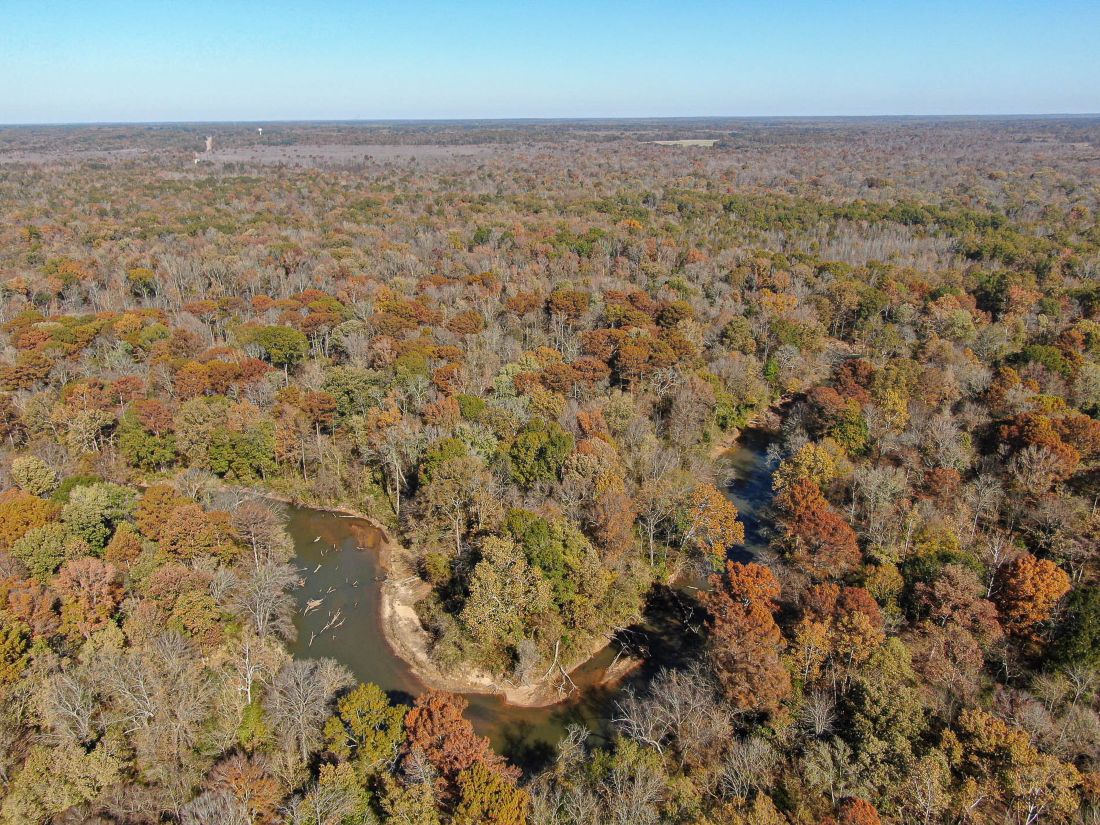Natural Highlights: Turkey Tail Fungus


Winter is a great time to walk the Wolf River Greenway and other trails in the Midsouth, in part you can easily see things that might be hidden by foliage during the growing season. The Turkey Tail Fungus (Trametes versicolor) grows abundantly in this area on fallen, dead, and dying trees where it breaks down the lignin in wood. Bearing an uncanny resemblance to a turkey’s tail, the Turkey Tail Fungus has multiple colorful bands on top of its velvety, shelf-like structure, and multiple pores or holes in its white underside. The presence of pores distinguishes it from the False Turkey Tail (Stereum ostrea) and the Gill Polyphore (Lenzites betulina).
Turkey Tail Fungus has been used medicinally for thousands of years, with purported immune boosting and cancer fighting benefits due to its production of certain polysaccharide compounds, though it has yet to be rigorously tested or approved by the FDA. The Turkey Tail Fungus, along with many other fungal species, plays a crucial ecological role in forests as a decomposer. It is also a host for some moth species.
Natural Highlights: Turkey Tail Fungus Winter is a great time to walk the Wolf River Greenway and other trails in the Midsouth, in part you can easily see things that might be hidden by foliage during the growing season. The Turkey Tail Fungus (Trametes versicolor) grows abundantly in this area on









